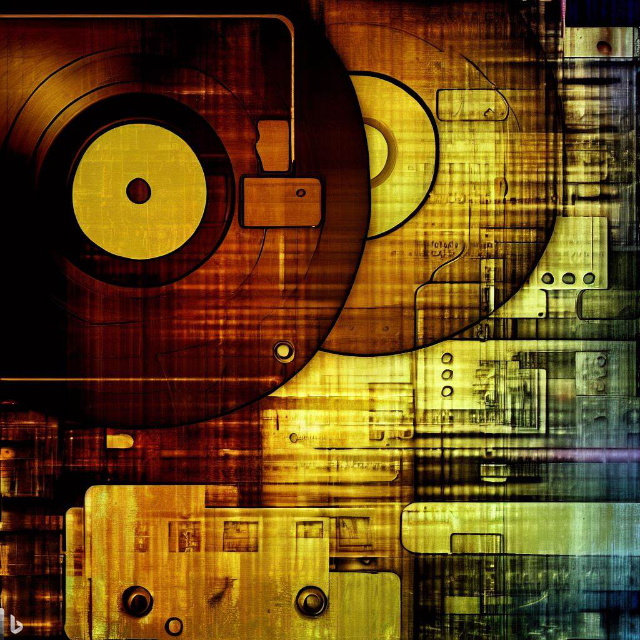The History of Home Video Recording

Home video recording has come a long way since the invention of the motion picture camera. The first home video recording systems were introduced in the 1960s, and they have been a popular way to capture memories and entertainment ever since. In this blog post, we will take a look at the history of home video recording and how it has evolved over time.
The Birth of Home Video Recording
The first home video recording system was introduced in 1965 by the Ampex Corporation. The system, called the VRX-1000, used a reel-to-reel videotape format that could record up to one hour of video. The VRX-1000 was bulky and expensive, with a price tag of $50,000, making it accessible only to wealthy consumers and professionals.
In 1971, Sony introduced the first consumer-grade video cassette recorder (VCR), the U-matic. This new format used a cassette tape and allowed consumers to record and playback video in their own homes. However, the U-matic was still expensive and primarily used by businesses and educational institutions.

The Rise of the VHS
The introduction of the VHS (Video Home System) format in 1976 revolutionized home video recording. The VHS format was developed by JVC and was adopted by most major electronics companies. The VHS tape was cheaper and smaller than the previous formats, making it more accessible to consumers. It quickly became the dominant format for home video recording, with VHS tapes being sold and rented at video rental stores across the country.
The VHS format had a major impact on the entertainment industry as well. The ability to record and watch movies at home led to the decline of movie theaters and the rise of the home entertainment market. Hollywood studios began releasing movies on VHS, and a new industry of video rental stores emerged, allowing consumers to rent movies and watch them at home.
The Arrival of the DVD
In the late 1990s, the DVD (Digital Versatile Disc) format was introduced, which provided a higher-quality video image and better sound than VHS tapes. DVDs were also more durable and had more storage capacity than VHS tapes, allowing for additional features like commentary tracks, deleted scenes, and behind-the-scenes footage.
The rise of the DVD led to the decline of the VHS format, with DVD sales surpassing VHS sales in 2003. Today, the DVD format is still popular, although it has been largely replaced by digital streaming services like Netflix and Amazon Prime Video.
Home Video Recordings Conclusion
Home video recording has come a long way since the introduction of the VRX-1000 in 1965. The development of new formats like VHS and DVD revolutionized the home entertainment industry and allowed consumers to capture and relive their own memories. While physical media like DVDs are still popular, the rise of digital streaming services has changed the way we consume entertainment, and it will be interesting to see how home video recording continues to evolve in the future.
Transfer Your Analog Videotapes, Movie Films, and Photos to Digital
For many people home movies and photos are irreplaceable treasures detailing your families most important moments. Unless properly stored, your tapes, photos, and film reels have no doubt been sitting around collecting dust. Throughout the years, this will eventually affect both the audio and video of your home movies. Causing muffled or inaudible sound or in some cases complete loss of sound. Visually the overall image quality can be drastically reduced; both color and clarity can be greatly affected over time. Advanced Media Integration is your complete source for Audio, Video, and Film transfers, as well as Photo and Slide scanning and restoration. Utilizing the latest technologies, we will preserve your family memories for years to come, or simply transfer your tapes and photos to a usable format.
Leave a Reply